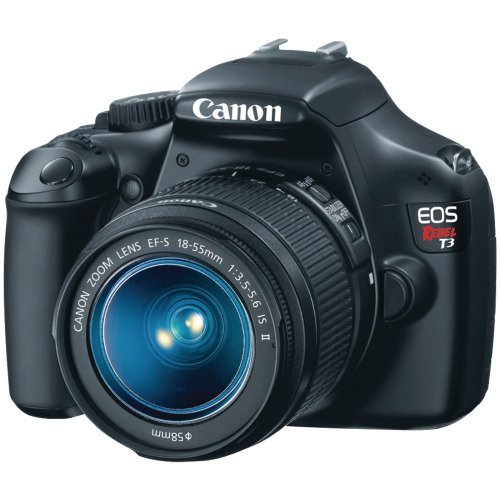DIGITAL CAMERA BASICS
This article covers the basics of digital photography which will provide a helpful insight if you are looking to purchase a new camera and to use an existing camera. If you're already the proud owner of a digital camera, you've probably spent more time snapping pictures than learning what your camera's buttons and symbols do.
Today's digital cameras fall into several categories:
COMPACT DIGITAL / POINT & SHOOT CAMERA
These cameras are the most inexpensive and can cost as little as £60, but for more functionality can rise to circa £450. Compacts are small and portable and are designed to travel, so usually fit in your pocket or bag easily. They usually have zoom lenses and built in flashes, and mostly automatic settings to allow you to take pictures without understanding the complexity of photography.
DIGITAL SLR CAMERA
The term Digital SLR is an acronym for digital single lens reflex. These have a larger build and true SLR cameras have interchangeable lenses allowing for different types of photography. When you look through the viewfinder, you are effectively looking through the lens itself with the help of a series of mirrors that directs the light to the viewfinder. When you take a picture the mirror positioned behind the camera lens snaps up to expose the image on the digital sensor behind. This is why when you press the shutter the image in view disappears for a length of time, this length of time is known as shutter speed. Like the old 35mm camera experience with its interchangeable lenses, filters, and other gadgets, the digital SLR brings this experience into the digital age.
Amateur SLRs
The amateur SLR usually comes as a kit, which includes the camera body and lenses, and perhaps other useful gadgets as a bundle. Prices range from £450-£900 depending on the make, functionality and build quality. These cameras are sufficient for everyday photography, and can have automatic functions as well as a number of manual functions which gives the photographer more control over image capture. A professional camera now can be classed as an amateur camera in the future when newer and better models are released, so it can sometimes be a fine line between the most expensive 'amateur' camera and a cheap 'professional' camera.
Professional SLRs
Professional cameras are generally quite expensive because they are on the edge of camera technology. When you hear the term 'professional digital SLR' it is generally referring to the camera body only. Prices for camera bodies can range for £1000-£6000 depending on the professional field of the photographer. Lenses are purchased separately, and can range from £400 - £1200 for a good all round telefocal lens with a maximum range of 200mm-300mm. These can sometimes be purchased as kits, but do not get this confused with 'kit lenses' which are what you get with an amateur camera. Larger telefocal lenses used for professional sports photography can be as much as £8000!
MEMORY CARD BASICS
A good tip when comparing memory cards is to look at price per megabyte, availability, and compatibility with your equipment.
CompactFlash cards tend to be the largest in physical size. These are available in capacities from 1GB up to 16GB. Prices have fallen dramatically in recent times so 4GB or 8GB is quite common to own.
Sony's Memory Stick format is interchangeable among all of its cameras, camcorders, and laptops. Memory Sticks persuade the customer to purchase additional Sony equipment as they can only be used with Sony products, but can be read by other manufacturers regarding laptops and PCs.
Secure Digital (SD) cards are the same size as postage stamps, most PCs and laptops and even handheld PC devices offer compatibility with this card.
xD-Picture Card is the smallest memory card and is a proprietary format for recent Fuji camera and Olympus camera.
TAKE CONTROL USING MANUAL
Moving away from the cheapest digital compact cameras, there will be manual functions on the camera settings to allow you to take your camera off autopilot and be in more control of the image exposure.
Aperture-Priority Mode
Aperture-priority mode is probably the most popular manual mode allowing you to specify how wide the camera's shutter opens, and the camera automatically takes care of the other settings (shutter speed or flash) to create a correct exposure. Aperture controls depth of field in the image. Simply, it controls how much of the background is blurred or in focus, also known as bokeh, among other professional effects.
Shutter-Priority Mode
Shutter-priority mode allows you to specify the speed that the shutter opens and closes, while the camera adjusts the aperture accordingly to create a correct exposure. A fast shutter is great for freezing action like in sports photography and slow speeds are great for night time photography as it allows more light into the camera while taking a shot. Shutter speeds can be manually controlled to create wonderful effects in a number of photography fields.
White Balance
Light varies depending on where you are and if not configured properly can lead to poor quality shots when printed. To compensate for varying light depending on location most cameras offer a white balance control. This setting allows you to select lighting conditions like Daylight, Cloudy, Tungsten, and Fluorescent.









